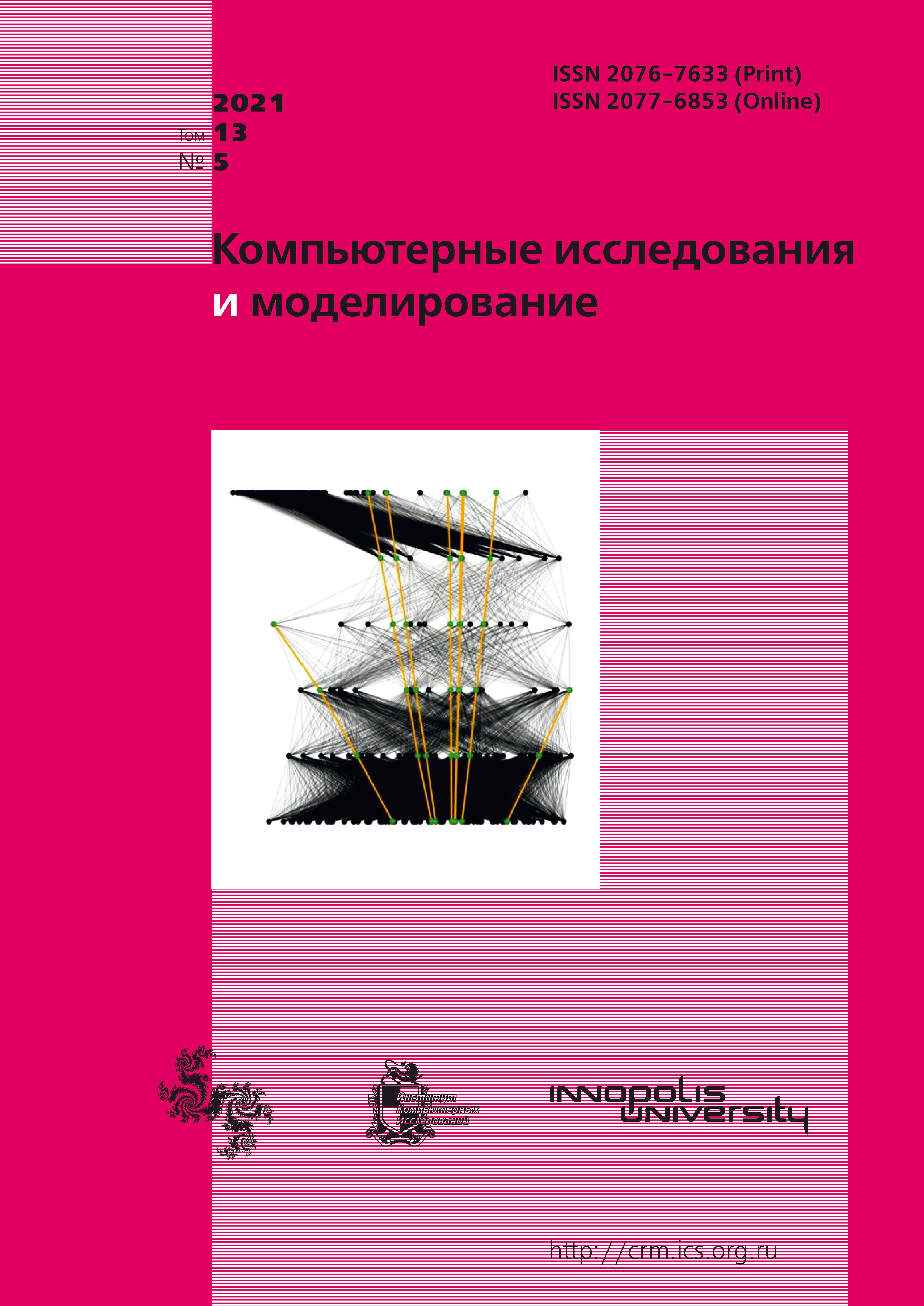All issues
- 2024 Vol. 16
- Issue 1 (special issue)
- 2023 Vol. 15
- 2022 Vol. 14
- 2021 Vol. 13
- 2020 Vol. 12
- 2019 Vol. 11
- 2018 Vol. 10
- 2017 Vol. 9
- 2016 Vol. 8
- 2015 Vol. 7
- 2014 Vol. 6
- 2013 Vol. 5
- 2012 Vol. 4
- 2011 Vol. 3
- 2010 Vol. 2
- 2009 Vol. 1
Modeling consensus building in conditions of dominance in a social group
 pdf (1833K)
pdf (1833K)
In many social groups, for example, in technical committees for standardization, at the international, regional and national levels, in European communities, managers of ecovillages, social movements (occupy), international organizations, decision-making is based on the consensus of the group members. Instead of voting, where the majority wins over the minority, consensus allows for a solution that each member of the group supports, or at least considers acceptable. This approach ensures that all group members’ opinions, ideas and needs are taken into account. At the same time, it is noted that reaching consensus takes a long time, since it is necessary to ensure agreement within the group, regardless of its size. It was shown that in some situations the number of iterations (agreements, negotiations) is very significant. Moreover, in the decision-making process, there is always a risk of blocking the decision by the minority in the group, which not only delays the decisionmaking time, but makes it impossible. Typically, such a minority is one or two odious people in the group. At the same time, such a member of the group tries to dominate in the discussion, always remaining in his opinion, ignoring the position of other colleagues. This leads to a delay in the decision-making process, on the one hand, and a deterioration in the quality of consensus, on the other, since only the opinion of the dominant member of the group has to be taken into account. To overcome the crisis in this situation, it was proposed to make a decision on the principle of «consensus minus one» or «consensus minus two», that is, do not take into account the opinion of one or two odious members of the group.
The article, based on modeling consensus using the model of regular Markov chains, examines the question of how much the decision-making time according to the «consensus minus one» rule is reduced, when the position of the dominant member of the group is not taken into account.
The general conclusion that follows from the simulation results is that the rule of thumb for making decisions on the principle of «consensus minus one» has a corresponding mathematical justification. The simulation results showed that the application of the «consensus minus one» rule can reduce the time to reach consensus in the group by 76–95%, which is important for practice.
The average number of agreements hyperbolically depends on the average authoritarianism of the group members (excluding the authoritarian one), which means the possibility of delaying the agreement process at high values of the authoritarianism of the group members.
Indexed in Scopus
Full-text version of the journal is also available on the web site of the scientific electronic library eLIBRARY.RU
The journal is included in the Russian Science Citation Index
The journal is included in the RSCI
International Interdisciplinary Conference "Mathematics. Computing. Education"






